Metrics for Evaluating Social Compliance Performance
In today’s business environment, social compliance is more than just a buzzword—it’s a critical aspect of corporate responsibility that directly impacts a company’s reputation, legal standing, and overall success. To ensure that your business adheres to ethical standards and maintains a positive relationship with stakeholders, it’s essential to regularly evaluate your social compliance performance. But how do you measure something as complex and multifaceted as social compliance?
At CDG, we provide Social Compliance Audit services designed to help businesses assess and improve their compliance efforts. In this blog post, we’ll explore the key metrics for evaluating social compliance performance, offering practical tips and examples to help your business stay on track and meet its ethical obligations.
Introduction: The Importance of Measuring Social Compliance
Social compliance involves adhering to laws, regulations, and ethical standards related to labor rights, workplace safety, environmental practices, and more. However, simply implementing policies is not enough—businesses must actively measure and evaluate their compliance performance to ensure that they are meeting these standards.
Evaluating social compliance performance allows companies to identify areas for improvement, track progress over time, and demonstrate their commitment to ethical practices. By using the right metrics, businesses can gain a clear understanding of their social compliance efforts and take proactive steps to address any gaps.
1. Labor Rights and Workplace Conditions
One of the most critical aspects of social compliance is ensuring that workers’ rights are respected and that workplace conditions are safe and fair. Metrics in this area focus on labor practices, employee treatment, and workplace safety.
1.1. Wage and Hour Compliance
Wage and hour compliance metrics measure whether employees are being paid fairly and in accordance with legal requirements. This includes tracking minimum wage adherence, overtime payments, and compliance with working hour regulations.
- Example: A manufacturing company might track the percentage of workers receiving at least the minimum wage and ensure that all overtime hours are compensated at the correct rate.
Practical Tip: Regularly review payroll records and conduct employee surveys to verify that wage and hour policies are being followed. This can help you identify any discrepancies and take corrective action promptly.
1.2. Health and Safety Metrics
Health and safety metrics assess the effectiveness of your company’s workplace safety programs. This includes tracking the number of workplace accidents, the frequency of safety training sessions, and compliance with safety regulations.
- Example: A construction company might monitor the number of days since the last workplace injury and track the completion rate of mandatory safety training courses.
Practical Tip: Implement a robust incident reporting system to capture all workplace accidents and near misses. Use this data to identify trends and areas where additional safety measures are needed.
2. Environmental Sustainability
Environmental sustainability is another key component of social compliance, particularly as businesses face increasing pressure to reduce their environmental impact. Metrics in this area focus on waste management, resource use, and emissions.
2.1. Waste Reduction
Tracking waste reduction efforts helps businesses measure their progress in minimizing waste generation and improving recycling practices. This metric can include the amount of waste sent to landfills, the percentage of waste recycled, and the implementation of waste reduction initiatives.
- Example: A retail company might track the reduction in packaging waste over time and the percentage of products made from recycled materials.
Practical Tip: Set specific waste reduction targets and regularly review your progress. Engage employees in waste reduction initiatives and encourage them to contribute ideas for further improvements.
2.2. Energy and Resource Use
Energy and resource use metrics evaluate how efficiently your company uses resources like water, electricity, and raw materials. This can include tracking energy consumption, water usage, and the implementation of energy-saving technologies.
- Example: An office building might monitor its monthly energy consumption and set goals for reducing electricity use through energy-efficient lighting and HVAC systems.
Practical Tip: Invest in energy-efficient technologies and conduct regular energy audits to identify areas where resource use can be optimized. Consider implementing a sustainability program to engage employees in energy-saving initiatives.
3. Supply Chain Compliance
Ensuring that your suppliers also adhere to social compliance standards is crucial for maintaining the integrity of your supply chain. Metrics in this area focus on supplier audits, ethical sourcing, and supply chain transparency.
3.1. Supplier Audit Compliance
Supplier audit compliance metrics measure the percentage of suppliers that have undergone social compliance audits and met the required standards. This helps businesses ensure that their suppliers are operating ethically and in accordance with legal requirements.
- Example: A food and beverage company might track the number of suppliers audited annually and the percentage of suppliers meeting ethical sourcing criteria.
Practical Tip: Establish a regular audit schedule for your suppliers and provide support to help them improve their compliance efforts. Consider using third-party auditors to ensure objectivity and thoroughness.
3.2. Ethical Sourcing Metrics
Ethical sourcing metrics assess the extent to which your company sources materials and products from suppliers that adhere to social and environmental standards. This can include tracking the percentage of products sourced from certified ethical suppliers.
- Example: A fashion brand might monitor the percentage of its clothing line made from sustainably sourced fabrics and ensure that all suppliers meet fair labor standards.
Practical Tip: Develop a supplier code of conduct that outlines your ethical sourcing expectations. Share this code with your suppliers and require them to adhere to it as part of your business agreement.
4. Employee Engagement and Training
Employee engagement and training are essential for fostering a culture of social compliance within your organization. Metrics in this area focus on employee awareness, participation in compliance programs, and the effectiveness of training initiatives.
4.1. Compliance Training Participation
Tracking participation in compliance training programs helps businesses ensure that employees understand the importance of social compliance and are equipped to meet the company’s standards. This can include monitoring the completion rate of mandatory training courses.
- Example: A financial services company might track the percentage of employees who have completed anti-corruption training and measure the impact of training on employee behavior.
Practical Tip: Offer regular compliance training sessions and make them accessible to all employees. Use interactive and engaging training methods to increase participation and retention of key information.
4.2. Employee Feedback and Reporting
Employee feedback and reporting metrics assess how effectively your company is engaging employees in social compliance efforts. This can include tracking the number of compliance-related suggestions submitted by employees and the use of confidential reporting channels for ethical concerns.
Practical Tip: Encourage employees to provide feedback on your compliance programs and report any concerns they may have. Use this feedback to make improvements and address any issues promptly.
Measuring and Improving Social Compliance Performance
Evaluating social compliance performance is essential for maintaining high ethical standards and building trust with stakeholders. By using the right metrics, businesses can gain valuable insights into their compliance efforts and take proactive steps to address any gaps.



